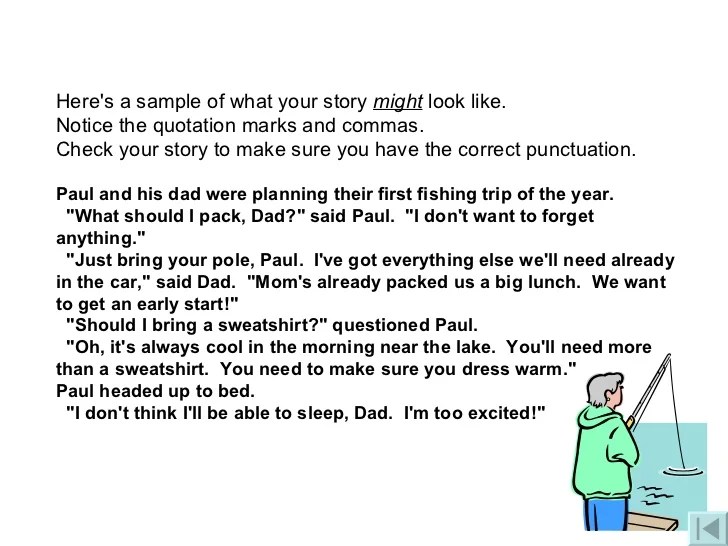How To Create Dialogue In A Story
How To Create Dialogue In A Story. Writing dialogue in a short story. How to make the dialogue interesting? 1.

To help you out, here are 9 steps for writing great dialogue: Where the dialogue tags occur will make a difference as to how the dialogue is punctuated. Don’t put exposition in the dialog.
Don’t Try To Make Your Dialogue Sound Too “Real” By Including Small Talk.
They can occur before, after, or in the middle of the actual dialogue. Where the dialogue tags occur will make a difference as to how the dialogue is punctuated. Give each character their idiosyncrasies.
Writing Out A Dialogue May Turn Out Different When It Is Read, So To Make Sure Your Dialogues Are.
Don’t include every verbal interjection. Do not let the two participants in the dialogue directly show their purpose (no direct questions). Let the characters’ words speak for themselves.
Sometimes, You Need To Convey Information About The Characters.
Need help writing better dialogue? Let that be an understood nod between you and the reader, and dive right into the action. First, it gets your characters talking to each other.
Part Of Knowing How To Write Dialogue In A Story Is Knowing Your Characters.
When it comes to dialogue, you might see two types: Don’t put exposition in the dialog. Then leave some lines without dialogue tags, change others to gestures or actions, and think carefully about where a simply dialogue tag (‘said’) would make the most sense.
Skip The Greetings And Small Talk.
Dialogue tags stay outside the quotations. Talking sparks the imagination and gets readers involved in the story world. Writing dialogue in a short story.
Post a Comment for "How To Create Dialogue In A Story"